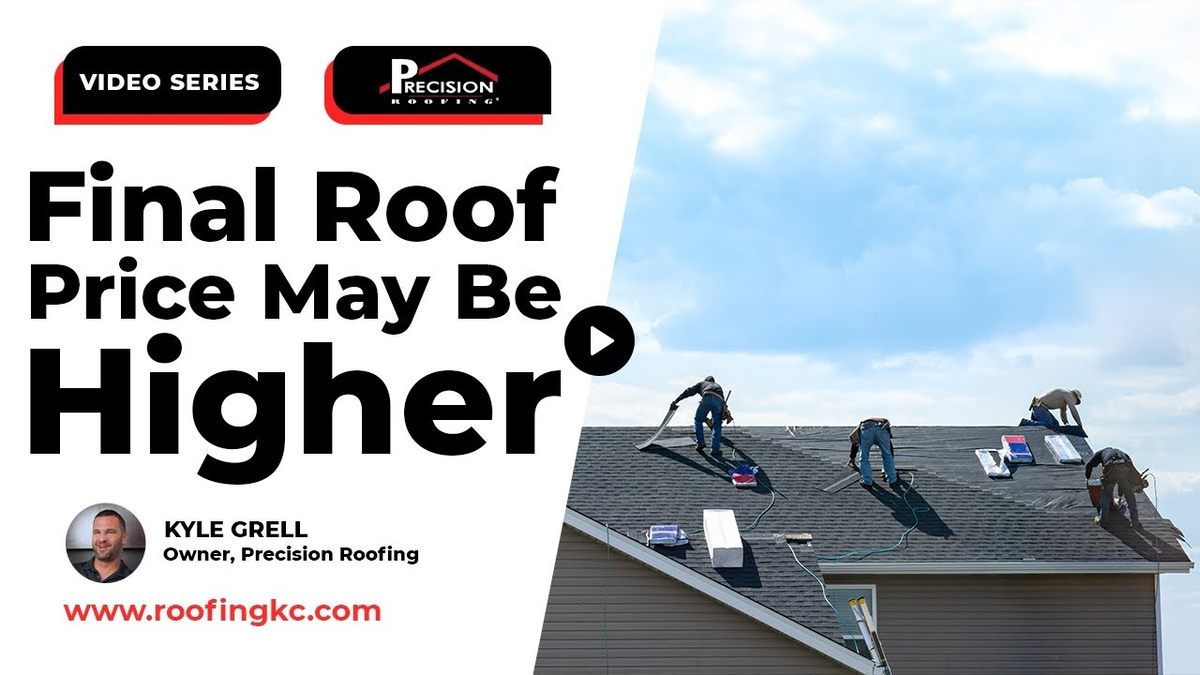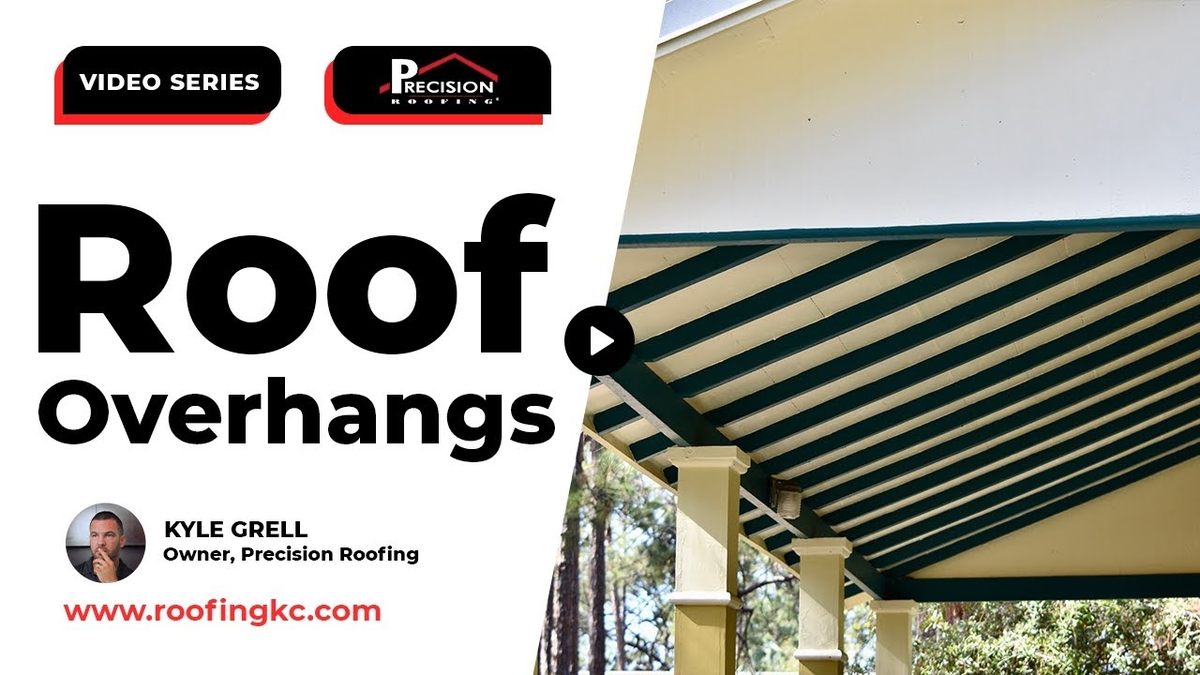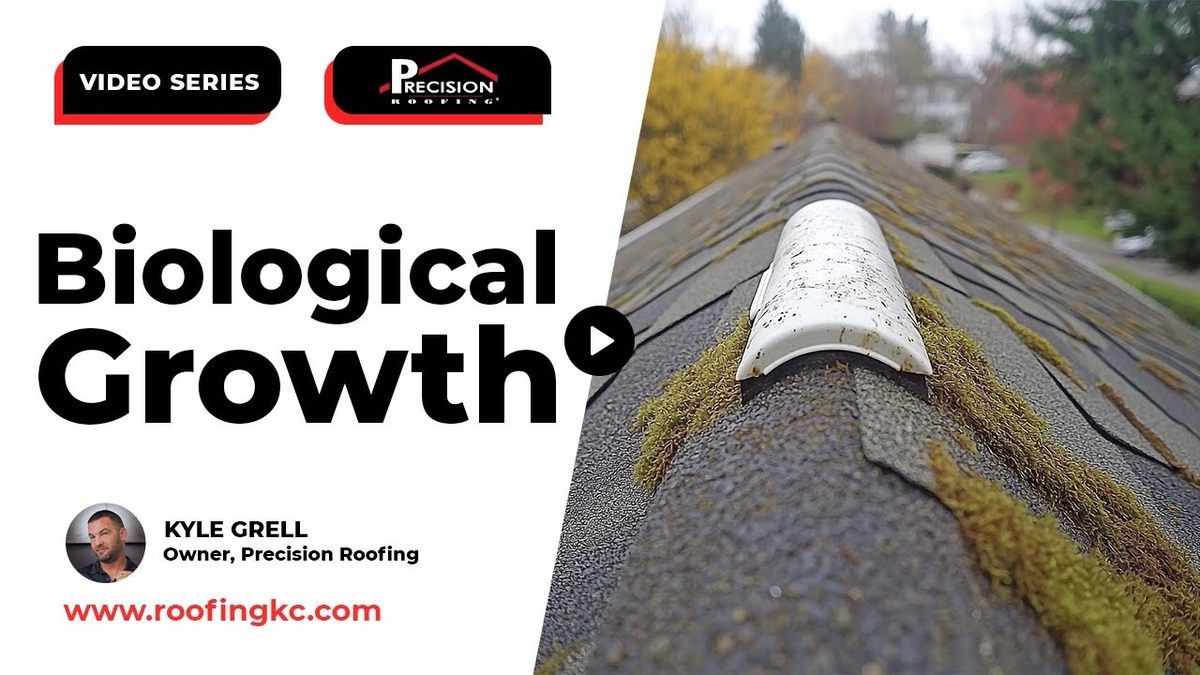EPDM Roofing
EPDM (Ethylene Propylene Diene Monomer) is a single-ply rubber roofing membrane known for its durability and versatility. It comes in two thicknesses: 60 mil and 90 mil, and is installed as a single piece, making it an effective barrier against the elements.
EPDM has been a trusted roofing material for over a century, particularly favored in architectural designs for hospitals, schools, and other institutional buildings. Its resilience is proven, especially in regions prone to hailstorms. While no roof is entirely immune to damage from large hailstones combined with strong winds, EPDM performs exceptionally well under such conditions, making it a reliable choice for areas with severe weather.
Benefits and Uses of EPDM Roofing
EPDM’s durability and performance have made it a preferred choice in many commercial applications. Its rubber composition provides flexibility and resistance to various environmental factors, including UV rays and extreme temperatures. This adaptability makes it suitable for a wide range of building types and climates. Additionally, EPDM is known for its ease of repair and maintenance, further contributing to its longevity.
TPO Roofing
TPO (Thermoplastic Polyolefin) is a single-ply roofing membrane that has gained popularity due to its innovative design and energy efficiency. Unlike EPDM, TPO is a thermoplastic material that features a base sheet reinforced with a scrim. This two-part membrane is installed using heat welding, a process that ensures a strong, seamless roof.
The TPO installation process is technologically advanced, requiring specialized equipment such as a welding robot. This equipment applies heat up to 1200°F to melt and bond the seams, creating a uniform, watertight surface. This method of installation is particularly effective in preventing leaks and ensuring the long-term durability of the roof.
Process of Installing TPO Roofing
Installing TPO involves heat welding all seams and penetrations. This process uses a robot welder, sometimes reaching temperatures of up to 1200°F, to bond the membrane’s seams together. The result is a single, cohesive membrane that acts as a strong barrier against water and other elements. The use of a welding robot ensures precision and consistency, which are crucial for the roof’s performance over time.
EPDM vs. TPO: Key Differences
While both EPDM and TPO are single-ply roofing systems, their differences are significant:
- Material Composition: EPDM is a rubber-based membrane, whereas TPO is a thermoplastic. This difference affects their flexibility, durability, and how they react to environmental conditions.
- Installation Method: EPDM is installed using adhesives and double-sided tape, making it a straightforward process. In contrast, TPO requires heat welding, which creates a stronger, more seamless finish.
- Climate Suitability: EPDM’s black surface makes it ideal for colder climates, where it can absorb sunlight and help melt snow and ice. TPO’s white, reflective surface is better suited for warmer climates, where it helps reduce cooling costs by reflecting solar heat.
Choosing Between EPDM and TPO Based on Climate
The choice between EPDM and TPO often comes down to the climate where your building is located. In colder regions, EPDM’s black membrane is advantageous as it absorbs sunlight, which helps melt snow and ice more effectively. This feature is critical during the winter months, as it prevents ice buildup and ensures proper drainage.
Conversely, in warmer climates, TPO’s white, reflective surface is more beneficial. By reflecting sunlight, TPO helps keep buildings cooler, reducing the load on air conditioning systems and contributing to overall energy savings.
In Summary
When deciding between EPDM and TPO, it’s essential to consider the specific needs of your building and its location. EPDM offers a time-tested, durable solution, particularly in colder climates, while TPO provides advanced technology and energy efficiency in warmer regions. Both materials have their strengths, and the right choice will depend on your building’s unique requirements.
For expert guidance on understanding the difference between EPDM and TPO and selecting the best roofing system for your needs, contact us today. We’re here to help you protect your investment with the right roofing solution.



